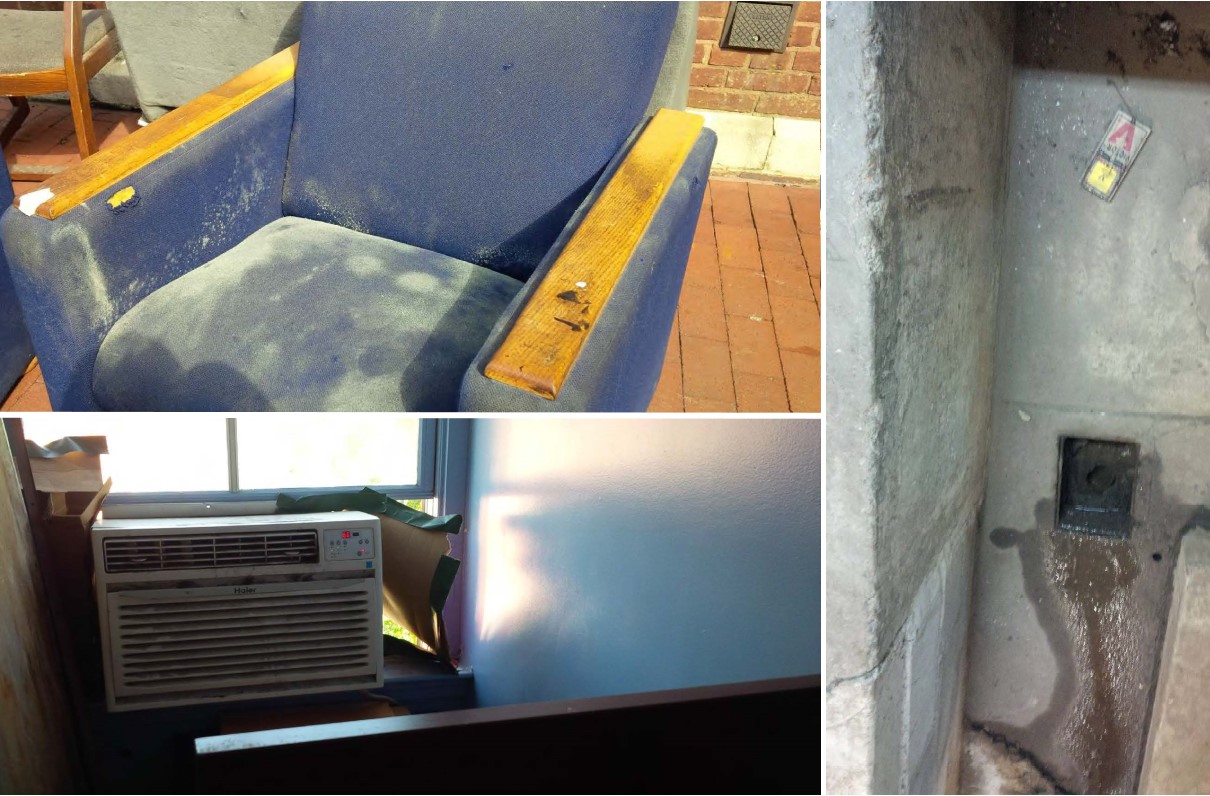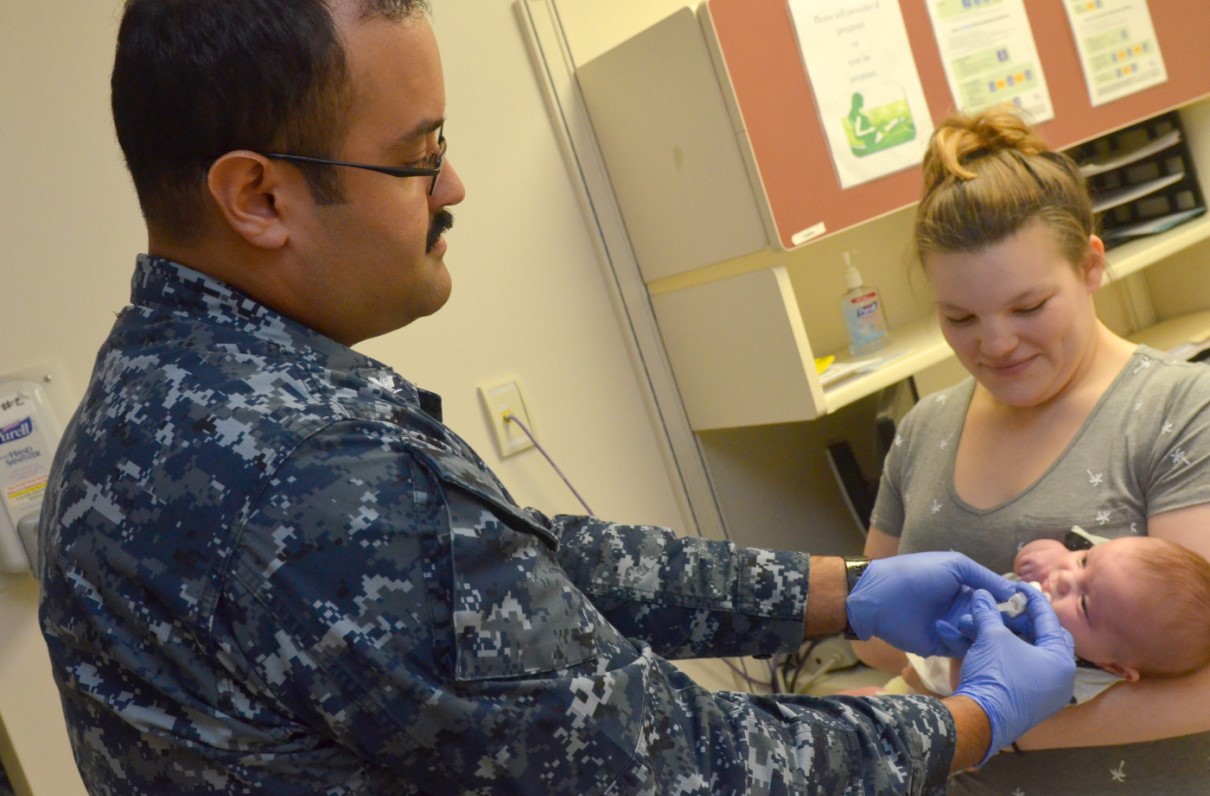While MOAA was on the front lines early on addressing health and safety hazards in privatized military family housing, we continuously highlighted similar health and safety issues in government-owned servicemember housing. Many servicemembers have turned to MOAA to share their stories, including members of one of the military’s most prestigious units, who continue to live in mold- and rodent-infested conditions.
Members of the Army’s 3rd Infantry Regiment, better known as The Old Guard, grow more and more frustrated with the lack of maintenance in the barracks at Joint Base Myer-Henderson Hall (JBMHH), Va. They continue to live in substandard conditions despite a December 2018 Army Corps of Engineers environmental health facility assessment recommendation to relocate tenants until the “extensive vermin infestation” is under control.
The assessment also details mold issues stemming from failing HVAC systems, exhaust fans, and drain piping. The cost estimate for recommended long-term remediation for this one building is around $9 million. Despite the Army’s plans to eliminate its poorest rated housing by 2021, little improvement has been seen at the tenant level.
Servicemembers indicate no meaningful steps have been taken to remediate the mold and vermin issues, citing a lack of manpower in the department of public works and insufficient funds to make the renovations happen. Additionally, multiple accounts suggest there is no online work order process which has led to unit leaders creating their own tracking systems, via Google Docs or Microsoft Excel spreadsheets, to document work order requests and complaints.
[DOWNLOAD: Read the Old Guard Barracks Health Assessment]
More Attention to Barracks
Alongside efforts to improve housing conditions for military families, MOAA has submitted evidence of problems in government-owned housing, such as barracks, through congressional statements for the record and questions to DoD and the services, to include photographic evidence.
After being pressed on issues in government-owned housing at a March 2019 Military Family Readiness Council meeting, Assistant Secretary of Defense for Sustainment Robert McMahon did not have an answer yet.
[DOWNLOAD: MOAA's Statement to the Senate Armed Services Joint Subcommittee (PDF)]
Other senior defense officials cited they will be taking lessons learned from privatized housing issues and applying them to government-owned housing, although emerging problems would indicate a lagging learning curve.
Recent news suggests health issues, similar to ones at JBMHH, are popping up around the country. For example, reports indicate increased inspections were triggered at Joint Base San Antonio (JBSA) after photos and complaints of pervasive mold surfaced on popular social media pages. This led to the relocation of more than 200 airman so workers could conduct a full remediation.
Ironically, a video intended to show positive steps to remediate the mold at JBSA resulted in a number of comments concerning improper remediation measures – actions such as a lack of containment, sweeping vents with a broom, and spraying chemicals on porous surfaces. Many families and servicemembers show frustration when “Band-Aid” fixes are used and seem to lack confidence in maintenance teams to get to the root of the problems.
MOAA Recommendations
There is no silver bullet to solve all the issues with military housing. MOAA recommends key provisions addressing privatized housing in the House and Senate versions of the NDAA be inclusive of government-owned housing and barracks, as well. Provisions such as a tenant bill of rights, transparency with unit hazard history, and a standardized work order process and complaint database would be a good place to start.
Additionally, MOAA recommends Congress re-evaluate military construction funding levels for unaccompanied servicemember housing. Military construction has always been one of the lowest funding priorities when matched with other defense spending line items. Oftentimes military construction funding may be tapped for other mission essential military projects, leading to insufficient funding for large renovation projects, such as the one at JBMHH.
MOAA urges Congress to fence off military construction funds for government owned housing to ensure it is only used for renovations and maintenance.




